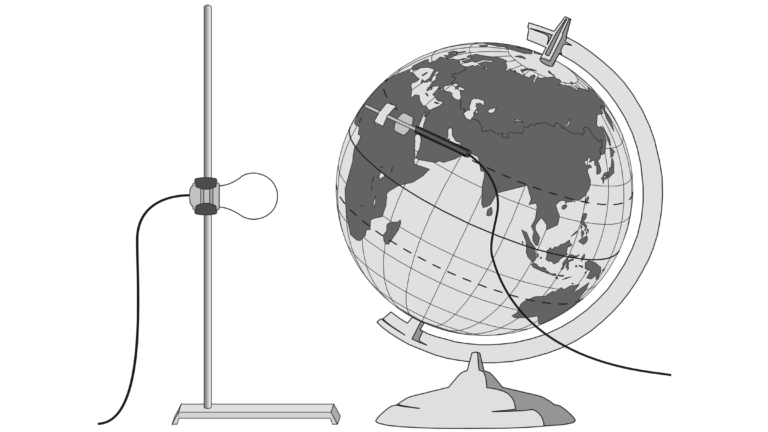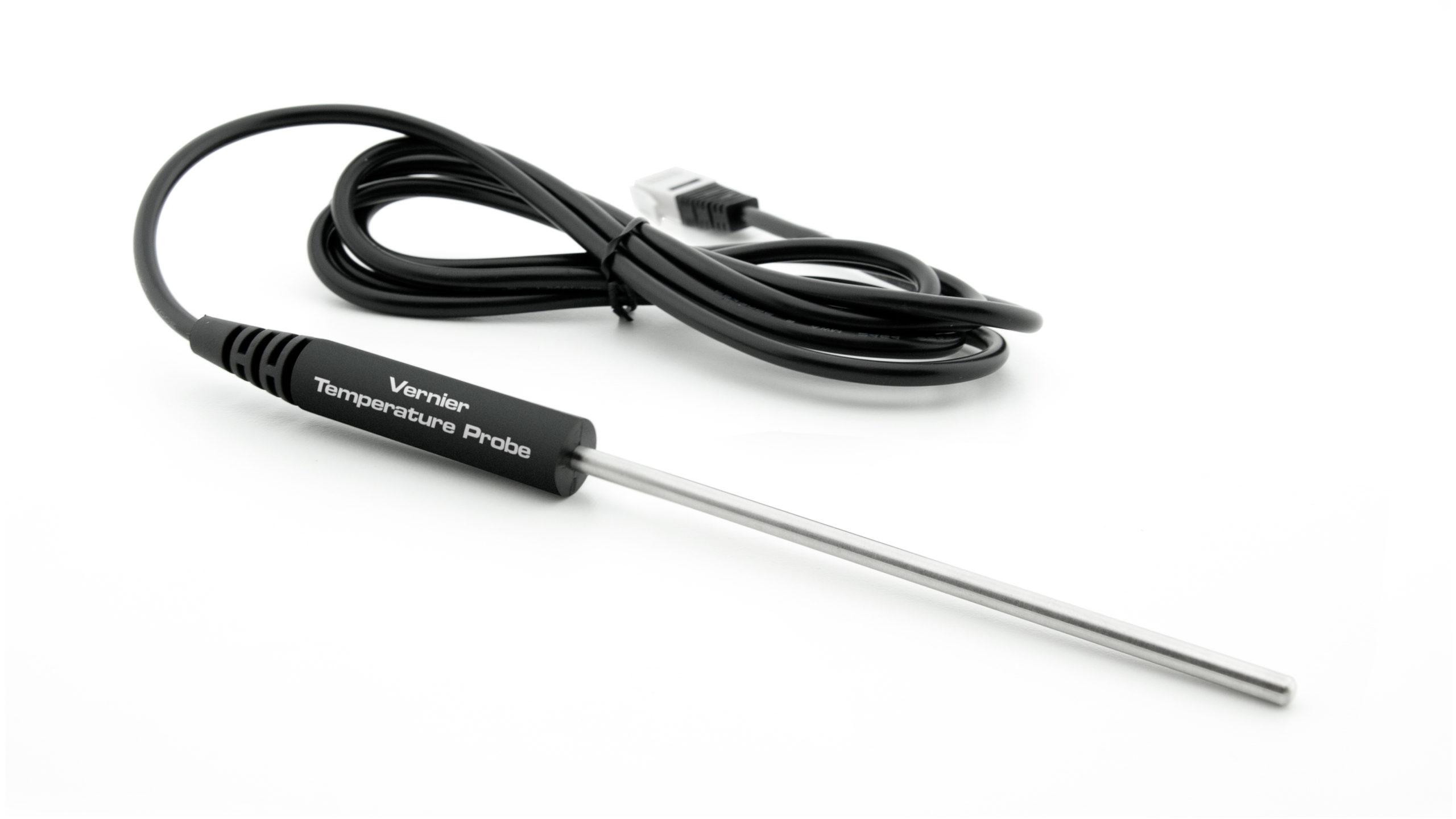Seasons and Angle of Insolation
Experiment #1 from Investigating Environmental Science through Inquiry
- Subject
- Environmental Science

Introduction
Have you ever wondered why temperatures are cooler in the winter and warmer in the summer? This happens because the Earth’s axis is tilted. The Earth remains tilted as it revolves around the sun. Because of this tilt, different locations on the Earth receive different amounts of solar radiation at different times of the year. The amount of solar radiation received by the Earth or another planet is called insolation. The angle of insolation is the angle at which the sun’s rays strike a particular location on Earth. When the north end of the Earth’s axis points toward the sun, the Northern Hemisphere experiences summer. At the same time, the south end of the axis points away from the sun and the Southern Hemisphere experiences winter.
In this experiment you will investigate the relationship between angle of insolation and temperature change due to energy absorption from a simulated sun—a light bulb.
Objectives
In the Preliminary Activity, you will learn how to position equipment for data collection, learn how to measure angle of insolation, and gain experience using a Temperature Probe.
After completing the Preliminary Activity, you will first use reference sources to find out more about seasons of the year and angle of insolation before you choose and investigate a researchable question.
Sensors and Equipment
This experiment features the following sensors and equipment. Additional equipment may be required.
Ready to Experiment?
Ask an Expert
Get answers to your questions about how to teach this experiment with our support team.
- Call toll-free: 888-837-6437
- Chat with Us
- Email support@vernier.com
Purchase the Lab Book
This experiment is #1 of Investigating Environmental Science through Inquiry. The experiment in the book includes student instructions as well as instructor information for set up, helpful hints, and sample graphs and data.


